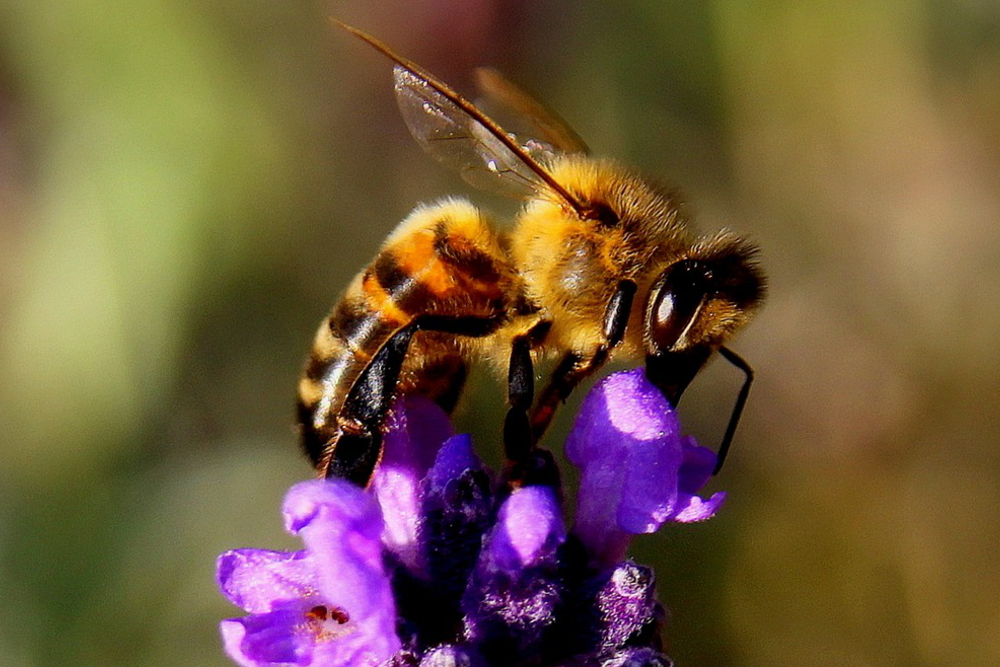
20 Popular Foods We May Lose If Bee Populations Continue to Decline
Due to climate change, the increased use of pesticides and a range of other causal factors, bee populations have decreased steadily over the past years. Now a new report from the Center for Biological Diversity has found that population levels of more than 700 North American bee species are in decline due to habitat loss and pesticide use. This decline threatens the food supply and public health.
April 18, 2017 | Source: Alternet | by Jennifer Forbes
Due to climate change, the increased use of pesticides and a range of other causal factors, bee populations have decreased steadily over the past years. Now a new report from the Center for Biological Diversity has found that population levels of more than 700 North American bee species are in decline due to habitat loss and pesticide use. This decline threatens the food supply and public health.
The first-of-its kind analysis involved a systematic review of the status of all 4,337 North American and Hawaiian native bees. Among the key findings:
• Among native bee species with sufficient data to assess (1,437), more than half (749) are declining.
• Nearly 1 in 4 (347 native bee species) is imperiled and at increasing risk of extinction.
• For many of the bee species lacking sufficient population data, it’s likely they are also declining or at risk of extinction. Additional research is urgently needed to protect them.
• A primary driver of these declines is agricultural intensification, which includes habitat destruction and pesticide use. Other major threats are climate change and urbanization.
“These troubling findings come as a growing body of research has revealed that more than 40 percent of insect pollinators globally are highly threatened, including many of the native bees critical to unprompted crop and wildflower pollination across the United States,” note the report’s authors.
